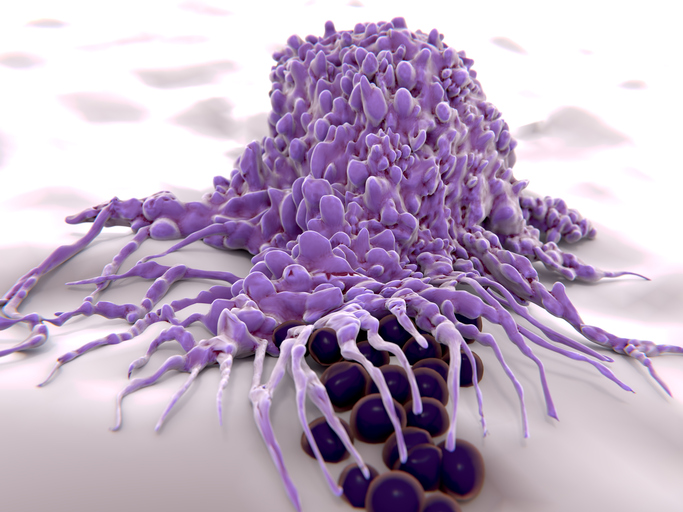Harvard: Harvard Medical School researchers at Massachusetts General Hospital
have identified a surprising new role for macrophages, the white blood
cells primarily known for removing pathogens, cellular debris and other
unwanted materials from the body. In a paper published in Cell on
April 20, they describe their discovery of how macrophages are also
essential for the healthy functioning of the heart by helping conduct
the electric signals that coordinate the heartbeat.
“Our finding that a new cell type is involved in cardiac conduction
may lead to better understanding of normal heart function. What really
surprised me was that macrophages can depolarize—change their electric
charge—when coupled to a heart muscle cell. Down the line, this work on
the role of macrophages in conduction may lead to new treatments for
cardiac arrhythmias,” said corresponding author Matthias Nahrendorf, HMS associate professor of radiology at Mass General.
Best known for their role in the immune system, macrophages are
primarily responsible for engulfing and digesting microbes, damaged
cells and foreign substances. They are found in tissues throughout the
body and have recently been shown to have additional functions related
to the tissues where they reside. While macrophages are required for
healing damaged tissues in the heart, their presence within healthy
heart muscle suggests a role in normal heart function. Nahrendorf’s
study was designed to investigate their potential role in transmitting
and coordinating the electrical signals that stimulate heart muscle
contraction.
Initial experiments in mice revealed that cardiac macrophages are
more abundant in the atrioventicular (AV) node—a key structure
connecting the atria (upper chambers) to the ventricles (lower
chambers)—which coordinates contraction timing for the upper and lower
chambers. Similarly high concentrations of macrophages were found in AV
nodes from human autopsy samples. Subsequent animal experiments found
that macrophages connect to heart muscle cells via gap
junctions—pore-like structures known to coordinate heart muscle
contractions—and that the shifts in electric charge that carry the
conduction signal are synchronized between macrophages and adjacent
heart muscle cells called myocytes.
Mice lacking a key, gap-junction protein showed an abnormal slowing
of signal conduction through the AV node, and a complete depletion of
tissue macrophages led to the development of AV block—a delay in
conduction between the atria and ventricles that, in human patients,
requires pacemaker implantation. Overall, the findings suggest that
cardiac macrophages are essential participants in the cardiac conduction
system and that changes in their numbers or properties may contribute
to heart rhythm abnormalities.
Nahrendorf and his colleagues are continuing to explore the role of
macrophages in both the healthy heart and in common disorders of signal
conduction. He adds that the cells’ natural propensity to surround and
take up materials for disposal could be used to induce macrophages to
ingest drugs carried on nanoparticles.
They study was supported by the National Institutes of Health (grants
NS084863, HL128264, HL114477, HL117829, HL092577, HL105780 and
HL096576). Mass General has filed a patent application covering the work
described in this paper.
